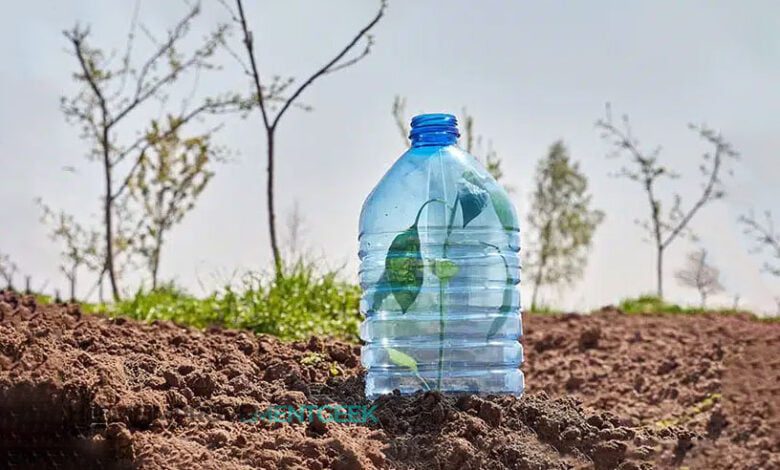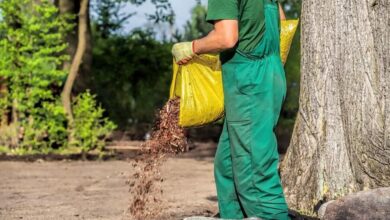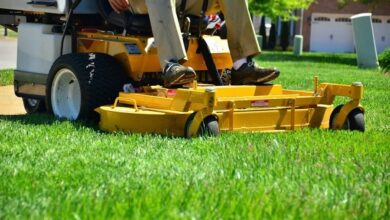Benefits of Covering Plants with Plastic Bottles

Protecting plants is an essential part of horticulture and agriculture. Plants need protection from temperature extremes, pests, diseases, and harsh weather conditions for optimal growth. Using plastic bottles as covers over plants provides an affordable and versatile protective solution with many benefits.
Plastic bottle plant covers offer environmental and economic advantages. Repurposing plastic waste reduces the environmental footprint. The DIY covers also minimize expenditure on commercial plant protection supplies. With creativity, plastic bottles can be customized into protective solutions fitting diverse spaces and plant types.
Cost-Effectiveness of DIY Plastic Bottle Greenhouses
Constructing small greenhouse-like structures from plastic bottles is highly affordable compared to purchasing commercial plant covers. The cost-saving benefits include:
Materials Are Free or Cheap
- Recycling used plastic bottles reduces costs. Bottles are often free or cheaply available from recycling centers, friends, or neighborhood collection points.
- Other materials like tapes or cutters needed for installation are typically already available in homes or can be purchased cheaply.
Reduction in Protective Gear Expenses
- DIY bottle covers minimize spending on commercial plant covers, insect nets, shade cloth, frost blankets, and related supplies.
- Money saved on protective gear can be invested into buying more plants or improving the garden aesthetic.
Adaptability to Various Budgets
Bottles allow flexibility in how much is invested into plant protection based on need and affordability. From small homemade tents over seedlings to mini greenhouses covering whole beds, the cost can be controlled.
Inexpensive protective solutions contribute to sustainability by enabling more gardeners to adopt eco-friendly practices.
Enhanced Growing Conditions
The enclosed environments created inside plastic bottles have multiple beneficial effects for plants. They can regulate temperature, humidity, light exposure and simulate greenhouse cultivation.
The Mini Greenhouse Advantage
- Plastic traps heat inside creating a warmer microclimate even when external temperatures dip. This greenhouse effect shelters plants from frost and cold weather.
- Enclosed tent-like covering also prevents heat loss allowing plants to remain active for longer. Reduced temperature extremes encourage faster growth.
Controlling Humidity and Ventilation
- Covering plants influences humidity levels around foliage by trapping moisture evaporating from soil and leaves. Ventilation can be added via cut holes to prevent diseases.
- For seeds and transplants requiring consistently humid conditions to sprout, bottle covers create perfect germination chambers accelerating growth.
Tailoring plastic bottle mini greenhouses to plants’ environmental needs optimizes productivity.
Pest and Disease Protection
Plastic bottle covering provides a strong barrier deterring many plant pest problems. Benefits include:
Physical Exclusion of Pests
- Clear plastic and fine netting prevents access to enclosure interiors denying pests like insects, rodents, and birds from reaching plants.
- Domes keep pests from detecting plants through sight, smell or touch signaling food opportunities.
Lower Infestation and Associated Damage
- Barriers ensure pests cannot directly damage plant tissues and transport diseases between plants.
- Reduced feeding, tunnels, eggs, nests, contamination etc. improves plant health and vigor while lowering need for pesticides.
Protection from Environmental Stresses
Extreme weather and solar radiation pressure plants to undergo metabolic shutdowns slowing growth. Plastic shields counter environmental threats allowing uninterrupted development.
Safeguarding Against Heavy Rain and Wind
- Covers prevent soil erosion, flower damage, broken stems/branches, and waterlogging related to storms.
- Minimal water stress enables plants to allocation more energy into blooming and fruit production improving productivity.
Filtering Intense Sunlight
- Plastic screens out ultraviolet rays reducing sunlight intensity falling on delicate seedlings and transplants. This avoids sunburn.
- Greenhouse films can optimize desired wavelengths for plant photosynthesis needs while blocking excess light.
| Type of Cover | Effect on Plants |
| Clear plastic | Traps heat, humidity; maximizes light |
| Colored plastic | Diffuses light based on color filter properties |
| Opaque plastics, cloth | Creates shade; reduces light intensity |
| Netted plastics, fabrics | Retains warmth at night; provides ventilation |
Adjustment of covers to ambient conditions keeps plants thriving.
Season Extension for Longer Harvests
Controlling growing environments facilitates cultivating plants beyond natural seasons. Plastic shields support continued plant processes despite seasonal changes.
- Extra warmth protects crops from cold temperatures and frost enabling gardening across winter and early spring.
- Cool-weather crops last longer before bolting as cover moderate temperatures.
- In hot regions, covers prevent excessive heat allowing for year-round cultivation.
Easy Maintenance
One of the major advantages of DIY plastic plant covers is convenience. Homemade structures are simple in their components and working making them easy to manage.
Hassle-free Installation
- Covers take minutes to set up over plants without needing complex tools or hardware. Tapes, stakes, ropes, and cut bottle halves are simple parts to handle.
- Lightweight plastic is highly portable allowing protection to be added or removed quickly wherever needed.
Accessibility for Garden Care
- Open-ended designs keep plants reachable for pruning, weeding, and harvesting without entirely dismantling covers.
- Transparent plastic allows light penetration for plant growth while enabling visibility for inspecting health.
- Clear bottles mean no electrical lighting is required inside for working. Removable lids provide ample aeration and ventilation control.
Aesthetic Appeal
An advantage of repurposing plastic bottles as plant covers is adding visual interest through decorative upcycling.
Creativity in Structure Design
The DIY nature of plastic bottle greenhouses allows experimentation with shapes and patterns when cutting and fastening materials. Eye-catching designs can enhance garden decoration.
Suitability for Small Spaces
Mini greenhouses occupy less area compared to commercial polytunnels. Their adaptable size makes bottle covers ideal for bringing greenery into urban balconies, patios, or indoor areas with space constraints.
Blending Protection with Style
- When not in ornamental use, covers discreetly camouflage within beds and borders keeping focal plants prominently displayed.
- Using matching bottles creates uniformity. For wilder displays, multi-colored bottles add a whimsical personality.
Conclusion
Constructing protective enclosures from plastic bottles offers gardeners, hobbyists and small producers affordable and effective solutions for plant care needs. The versatility of recycled bottle mini greenhouses and tents makes them accessible and beneficial across contexts from backyards to greenhouses to pavements.
With possibilities limited only by the imagination, repurposed plastic has untapped potential for innovating accessible plant protection techniques benefitting amateurs and commercial producers alike. The eco-friendly ethos behind plastic bottle reuse even aligns with shifting trends focusing on sustainable horticulture.
Whether as decorative displays or functional crop covers, plastic bottle greenhouses pack usefulness into recycling. Their realistic advantages can motivate the adoption of plastic waste management practices. Just like the plants they shelter, plastic bottles can experience new fruitful growth cycles post-consumer waste.




